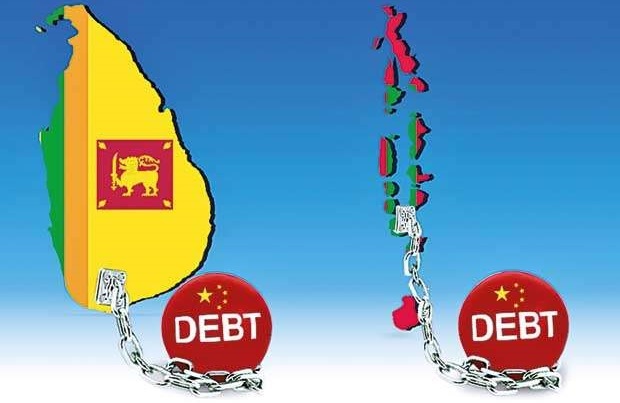A Analytical Commentary – Bram Nicholas and Shiran Illanperuma
Sri Lanka, grappling with a severe debt crisis, has unveiled a comprehensive strategy to escape the financial quagmire that has plunged the nation into chaos. The debt default, announced in April last year, triggered a series of crises including rolling blackouts, fuel shortages, and widespread street protests, prompting intense debate among local and international observers.

The root causes of Sri Lanka’s debt woes, ranging from corruption to alleged predatory lending from China, have been widely discussed. However, the immediate catalyst for the country’s collapse lies in its deep and growing exposure to high-interest international sovereign bonds (ISBs).
Between 2007 and 2019, Sri Lanka issued $17 billion worth of ISBs, often at exorbitant coupon rates of 5-8 percent. This aggressive debt-fueled growth strategy, coupled with a lack of transparency and accountability, has led to a significant increase in the country’s external debt stock to GDP ratio, reaching 44 percent in 2021.
The reliance on ISBs has created a debt trap, where high-interest payments eat into the country’s foreign currency cash flows, exacerbating the impact of external shocks like the COVID-19 pandemic and conflict in Ukraine.
Sri Lanka’s experience mirrors that of other underdeveloped countries, highlighting the risks of borrowing from international capital markets without a clear plan for economic growth and sustainability.
While the International Monetary Fund (IMF) offers bridge financing to stabilize reserves and restore confidence, experts warn against further reliance on ISBs. Instead, Sri Lanka must prioritize deleveraging from ISB exposure and adopting a more strategic approach to debt management.

Recent revelations suggest that bilateral financing from China could provide a lifeline for Sri Lanka, but geopolitical factors may hinder this option. The country must take control of its fate by formulating an independent industrial development strategy to address the root cause of its debt crisis – the massive trade deficit.
As Sri Lanka charts its path to recovery, the road ahead is fraught with challenges. However, with a commitment to reform and prudent financial management, the nation aims to emerge from the debt trap and secure a prosperous future for its citizens.







